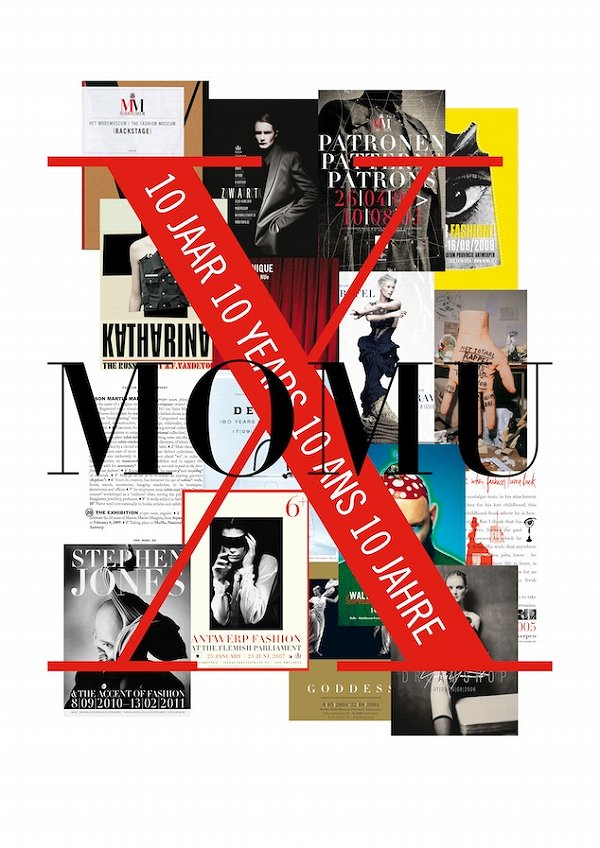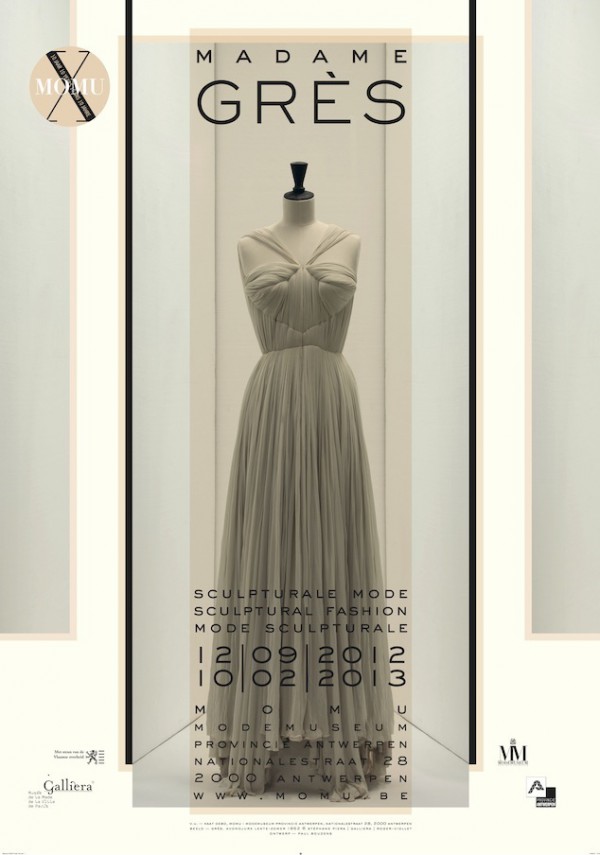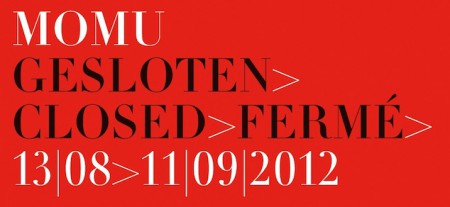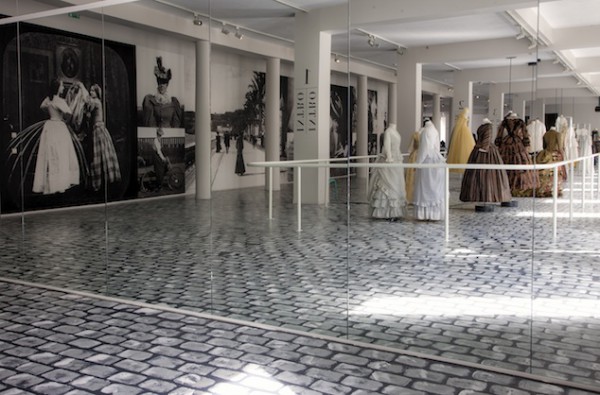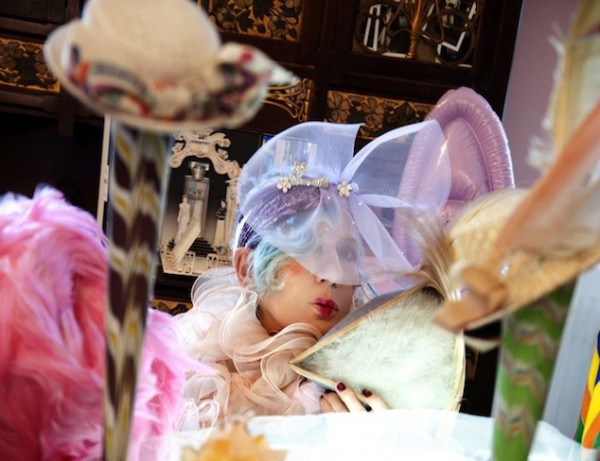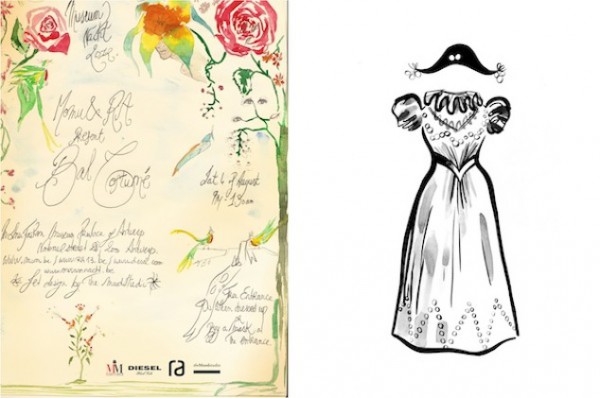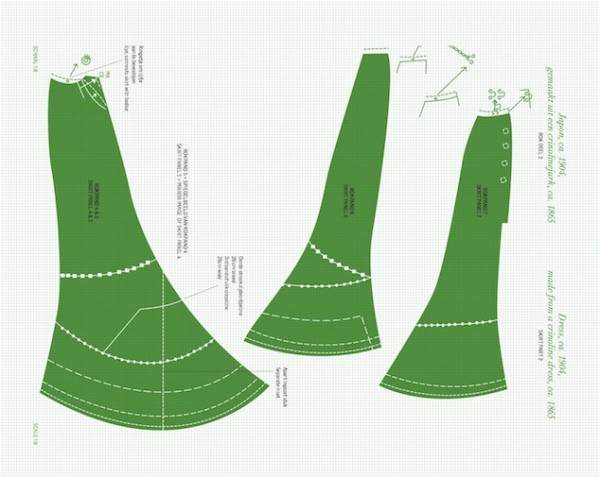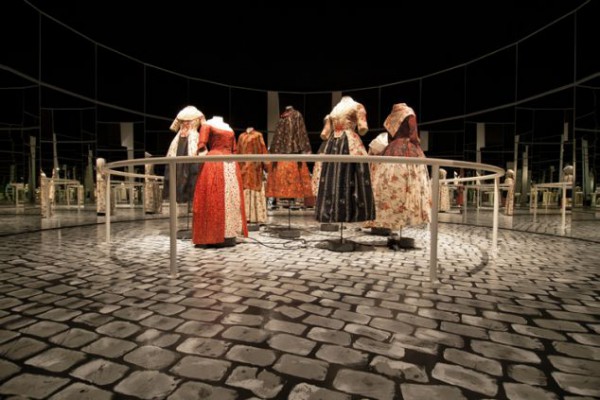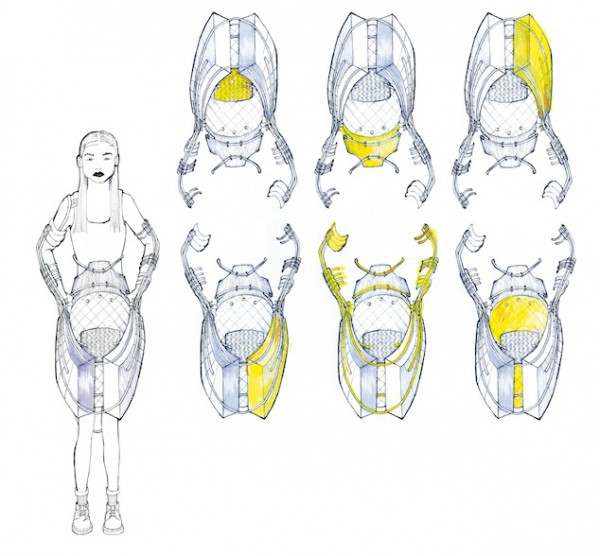Tomorrow, MoMu celebrates its 10th anniversary!! That day, visitors will be treated with free entrance to the exhibition Madame Grès. Sculptural Fashion.
As a city of fashion at the beginning of the new millennium, Antwerp was able to look back on two incredible decades, set in motion by the success of The Antwerp Six and kept alive by successive generations of designers who made international names for themselves, as well as by a growing professionalization and internationalization of the fashion department of the Antwerp Academy. MoMu was the Province of Antwerp‚Äôs answer to the growing demand for a permanent and public presence of fashion in the city and for the creation of a national centre of expertise. MoMu was conceived as a ‚Äėhome‚Äô for fashion, a place where our designers could be studied, catalogued and made accessible to a broad public.
Kaat Debo, director MoMu: ‚ÄėI am extremely proud that in these ten years, we have grown to become an international-ly respected player in the field of fashion museums. This translates into an increasing worldwide interest from the media and in attractive numbers of visi- tors, both to our activities in Antwerp itself and to the exhibitions for which we have travelled to Tokyo, London, Munich and Istanbul. The fact that we are so highly valued by designers and fashion houses in Belgium and elsewhere can, I believe, be concluded from the enthusi- astic reactions we receive to the requests for loans and the continu- ally increasing donations to our collection.‚Äô
Peter Bellens, Deputy of Culture ‚Äď Province of Antwerp: ‚ÄėThis year, the Fashion Museum (MoMu) celebrates its 10th birthday, and in this short time, it has grown into a prized asset of the Antwerp Modenatie complex. MoMu is led by a dynamic team that even today continues to successfully build the museum as a professional institute with international allure.
The foundation of this success undoubtedly rests with MoMu’s tempo- rary exhibitions. They help create a framework in which strengths can be optimally brought together, where the museum works intensively with the fashion sector, with Belgian designers as well as renowned international fashion houses. The fact that this approach is a success is evident in the interest in MoMu on the part of the media, as well
as ‚Äď and especially ‚Äď the nearly 90,000 visitors who found their way to the museum in 2011. This makes MoMu one of the most successful museums in Antwerp. In our role in governing the Province of Antwerp, we have given this museum the opportunity to grow. From the begin- ning, we have invested in the potential of this museum and its staff.‚Äô


